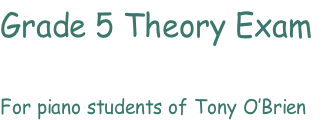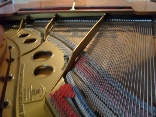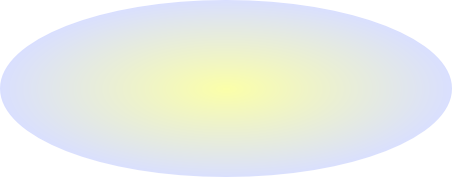

At grade 5, you need to be able to recognise and name ( identify) chords formed as triads on the 1st (tonic), 2nd (supertonic), 4th (subdominant) and 5th(dominant) notes of any major or minor scale.
Here are these chords illustrated for the scale of C major, first in their “root” position.

The chords are identified first by a number as a Roman numeral. So in C major, the
chord of C-
(An alternative to “a” is the
5
3 because the other notes are a 3rd and 5th above the bottom note.)

You will also need to identify these chords in different inversions, where the chord “root” is not the bottom note.
Here are the first inversions of the I, II,IV and V chords of C major. The bottom note of the chord is a 3rd above the “root” and are named as “b” chords.
E.g. in Ib, E is the bottom note which is a 3rd above the root of c.
(An alternative to “b” is
6
3 because the other notes of the chord are a 3rd and 6th above the bottom note.)

Finally here are the chords in their second inversion, where the bottom note is a 5th above the root and are named as “c” chords.
E.g. In IVc , C is the bottom note which is a 5th above the root of F
(An alternative to “c” is
6
4 because the other notes of the chord are a 4th and a 6th above the bottom note.)
